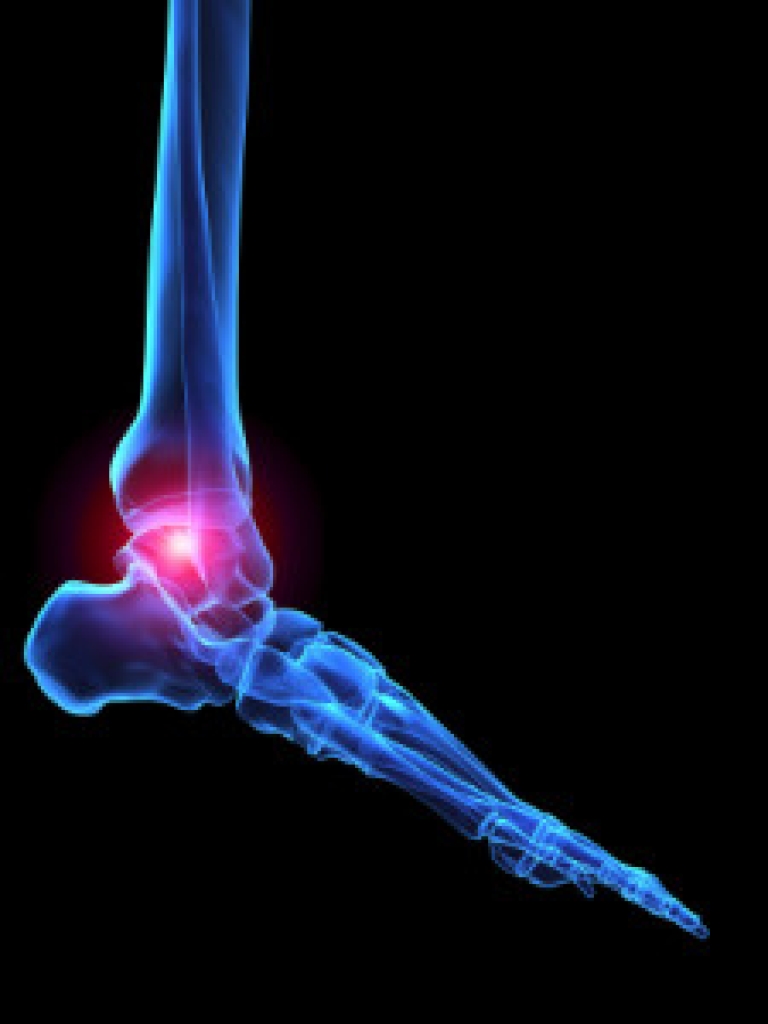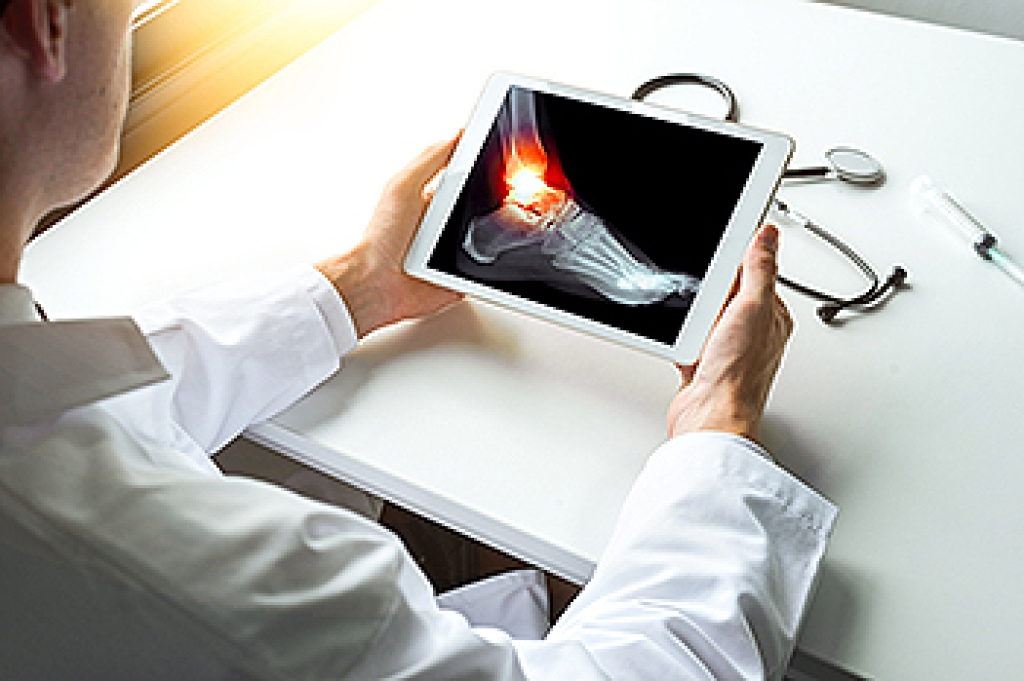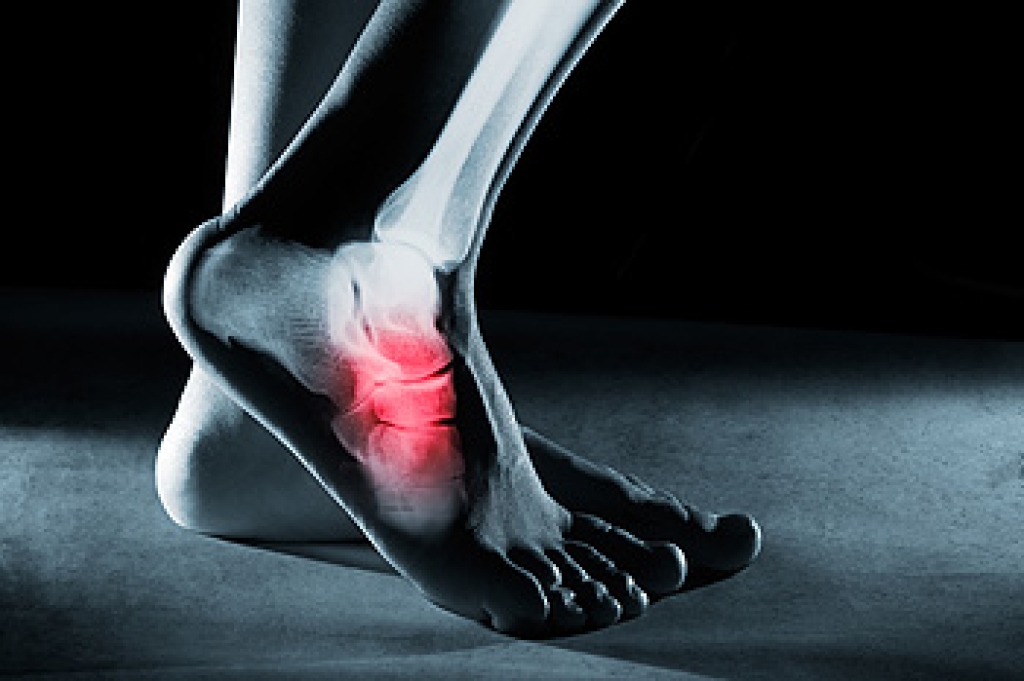In Rheumatoid Arthritis, the tissue lining within healthy joints is attacked by the body’s own immune system. This is very painful and can lead to joint damage and bone erosion. Rheumatoid Arthritis is a systemic disease, which can occur throughout the entire body. It often affects the feet, toes, and ankles, causing stiffness, pain, and abnormal warmth in joints and ligaments. A person’s quality of life can be affected by Rheumatoid Arthritis as well, since it can often reduce both mobility and the ability to participate in daily activities. When Rheumatoid Arthritis affects the feet, a podiatrist should be consulted to help relieve symptoms, decrease inflammation, and prevent joint damage. Possible treatments a podiatrist may use to treat Rheumatoid Arthritis include rest, medicine, orthotics, physical therapy, and steroid injections.
Arthritis can be a difficult condition to live with. If you are seeking treatment, contact one of our podiatrists from Manhattan Footcare. Our doctors can provide the care you need to keep you pain-free and on your feet.
Arthritic Foot Care
Arthritis is a joint disorder that involves the inflammation of different joints in your body, such as those in your feet. Arthritis is often caused by a degenerative joint disease and causes mild to severe pain in all affected areas. In addition to this, swelling and stiffness in the affected joints can also be a common symptom of arthritis.
In many cases, wearing ill-fitting shoes can worsen the effects and pain of arthritis. Wearing shoes that have a lower heel and extra room can help your feet feel more comfortable. In cases of rheumatoid arthritis, the arch in your foot may become problematic. Buying shoes with proper arch support that contour to your feet can help immensely.
Alleviating Arthritic Pain
- Exercises that stretch the foot can prevent further pain and injury and increase mobility
- Most of the pain can be alleviated with anti-inflammatory drugs, heat, and topical medications
- Massages can help temporarily alleviate pain.
It is best to see your doctor for the treatment that is right for your needs and symptoms. Conditions vary, and a podiatrist can help you determine the right method of care for your feet.
If you have any questions, please feel free to contact our offices located in Manhattan and Brooklyn, NY . We offer the newest diagnostic tools and technology to treat your foot and ankle needs.






